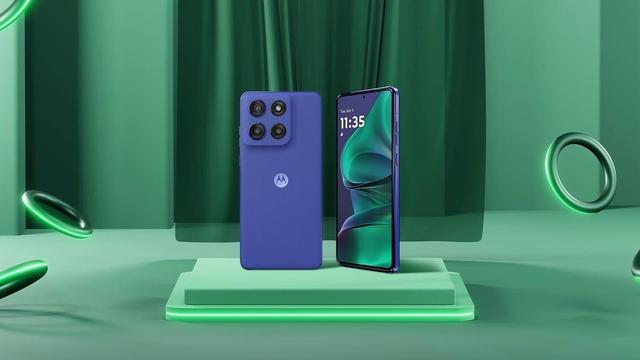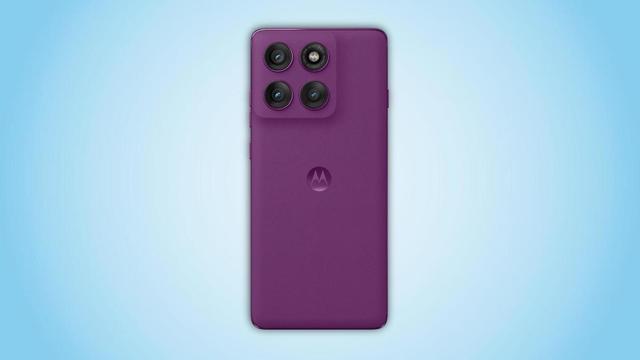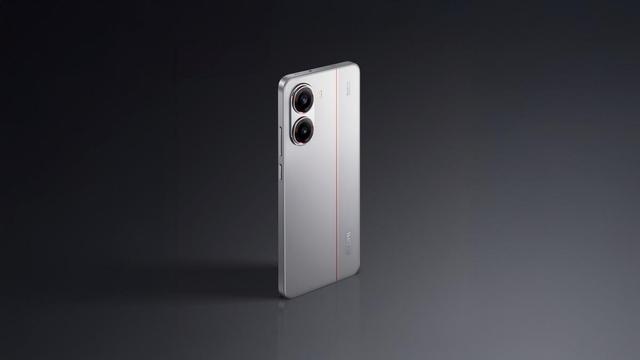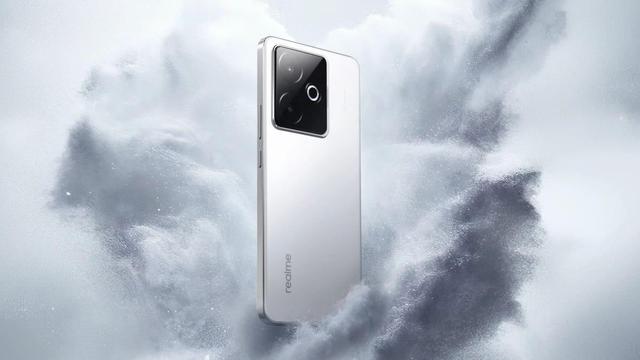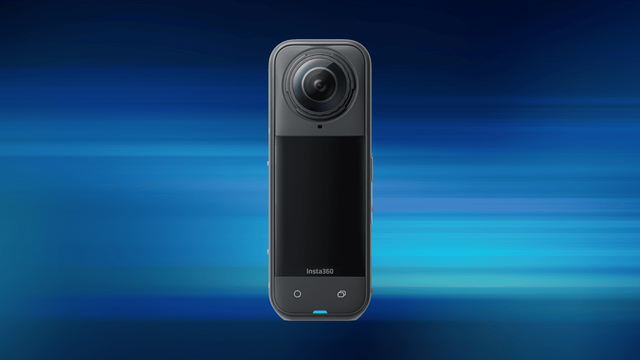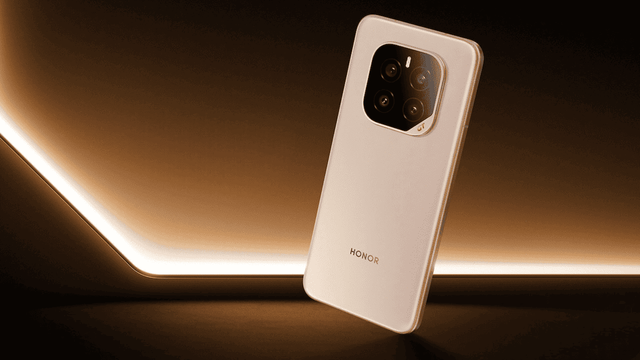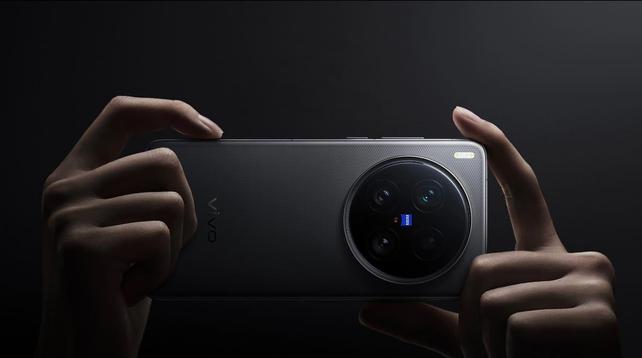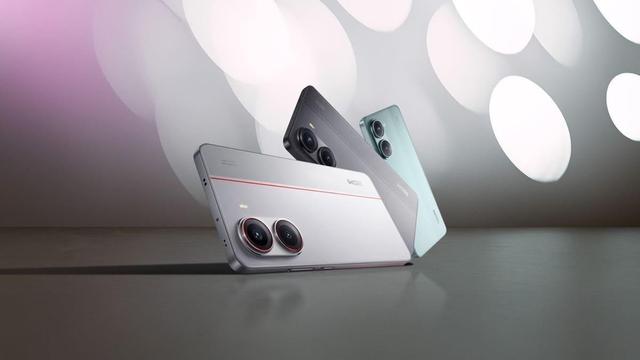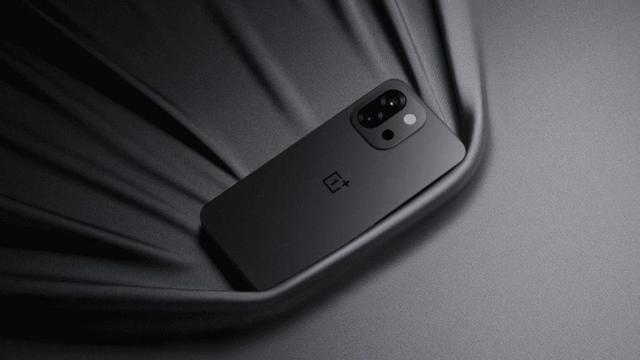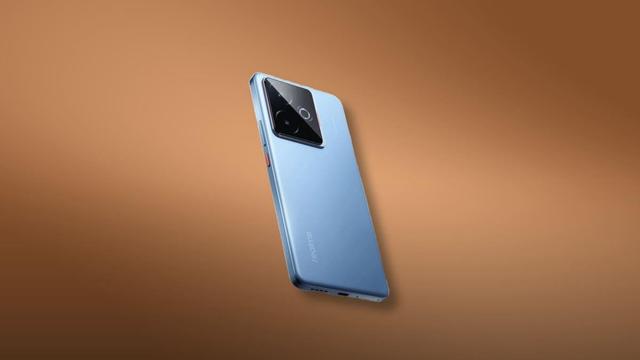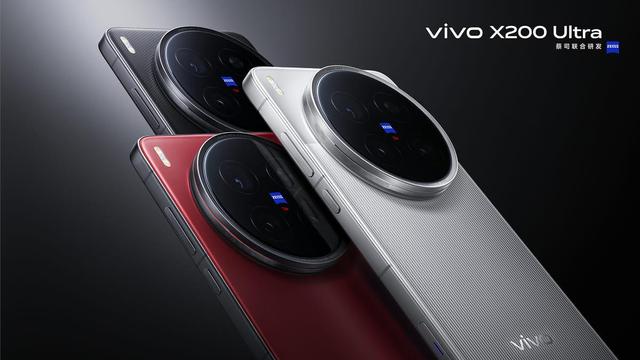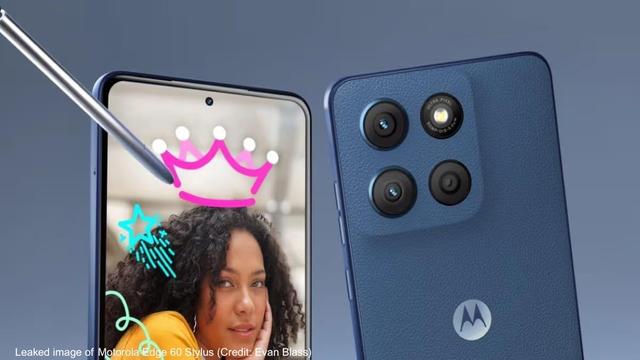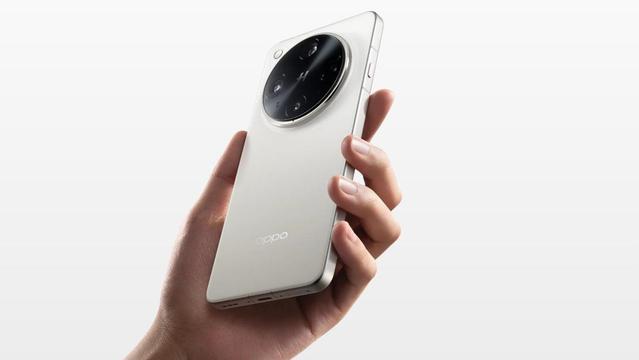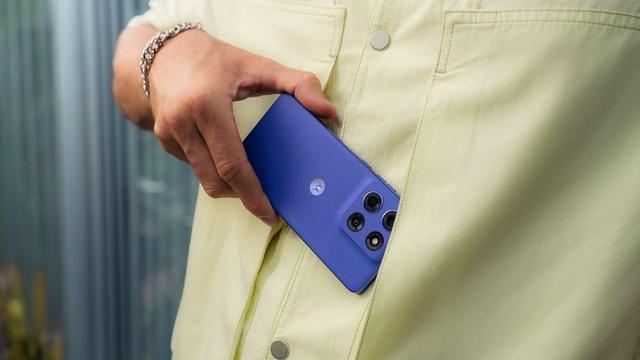@felyashono You don't need to make devices #thicc|er or heavier just by making them #repairable.
#Sony's Vaio #P11Z did have a toolfree-removeable battery yet it was less than 15mm thick and weighted ~560g with the standard battery and even <750g with an obscenely thicc aftermarket battery.
#Fairphone's devices are just as #thinn as any other #smartphone, yet they offer toolfree replaceable batteries!
#rectangular / #prismatic cells exist. Just because you rarely see them compared to 14500/18650/21700 cylinders but that doesn't mean they ain't available.
if #Framework didn't decide to go with a *"pan"-style design, they could've made their flat #battery toolfree-swappable just as the Aforementioned VAIO.
There are other ways to make a device thinner and lighter, ranging from Magnesium to fiber reinforced plastic to carbon fiber. Some #ThinkPad|s did all 3.
- Not to mention sticking batteries in makes replacements unnecessary dangerous and can yield users to not replace "#DangerPillow|s" until they crack the housong or most likely the screen.
Also most of the gains in terms of battery runtime are attributeabke to better battery chemistry, higher grade cells by modern standards and lower power consumption by smaller process nodes (65nm @ 1,5V -> 7nm @ 0,85V can basically reduce power by 90% without any tricks!) and more powerful chips that more dynamically switch to low power states transparently. (Which is why you often get 4 different TDP ratings on some chips, with nominal, maximum & minimum configureable maximums and typical @ nominal settings)…
#AntiRepairDesign is a choice by the manufacturer. #IP68, #ATEX & #MILSTD810 can be achieved without glueing shit together!

